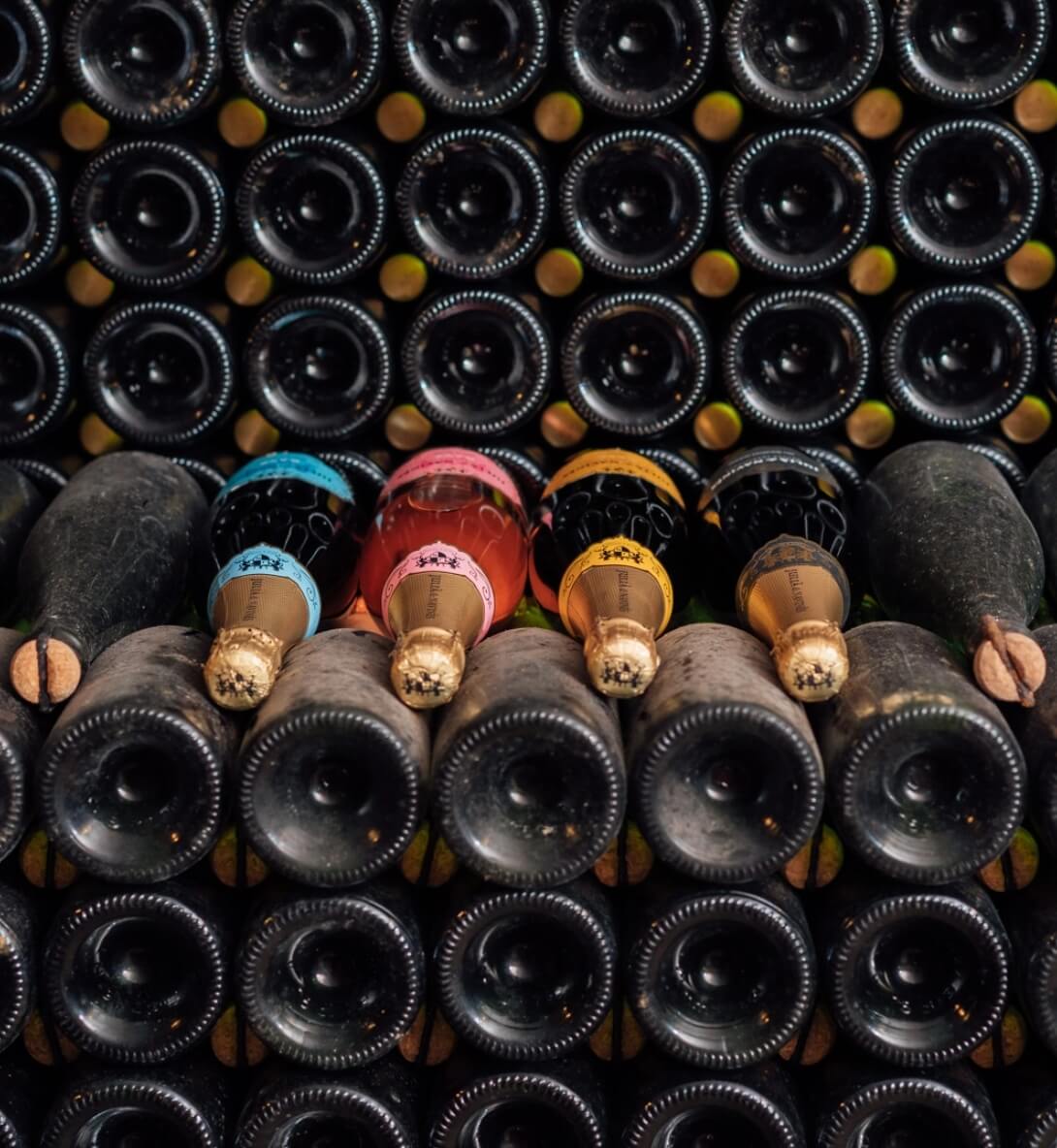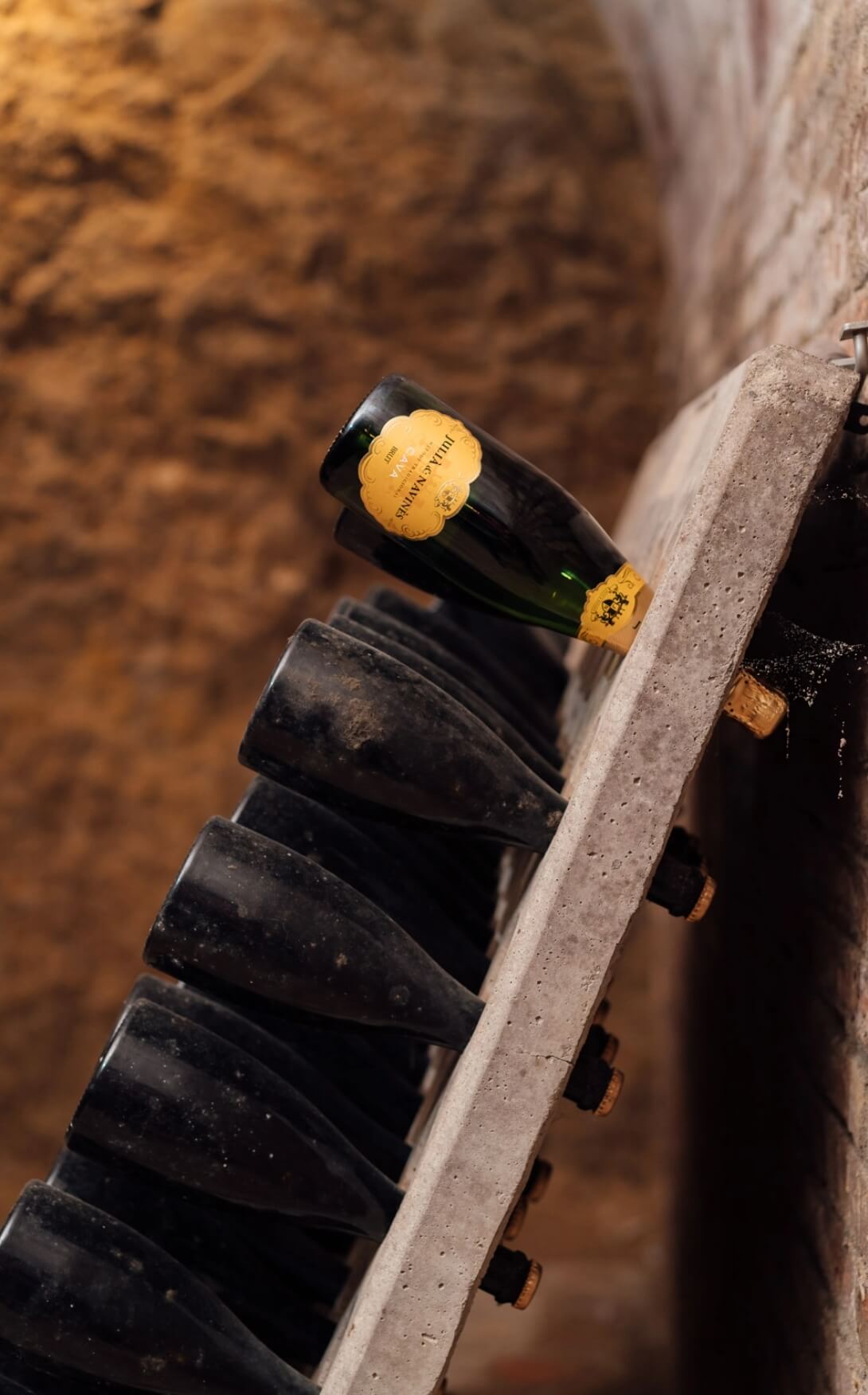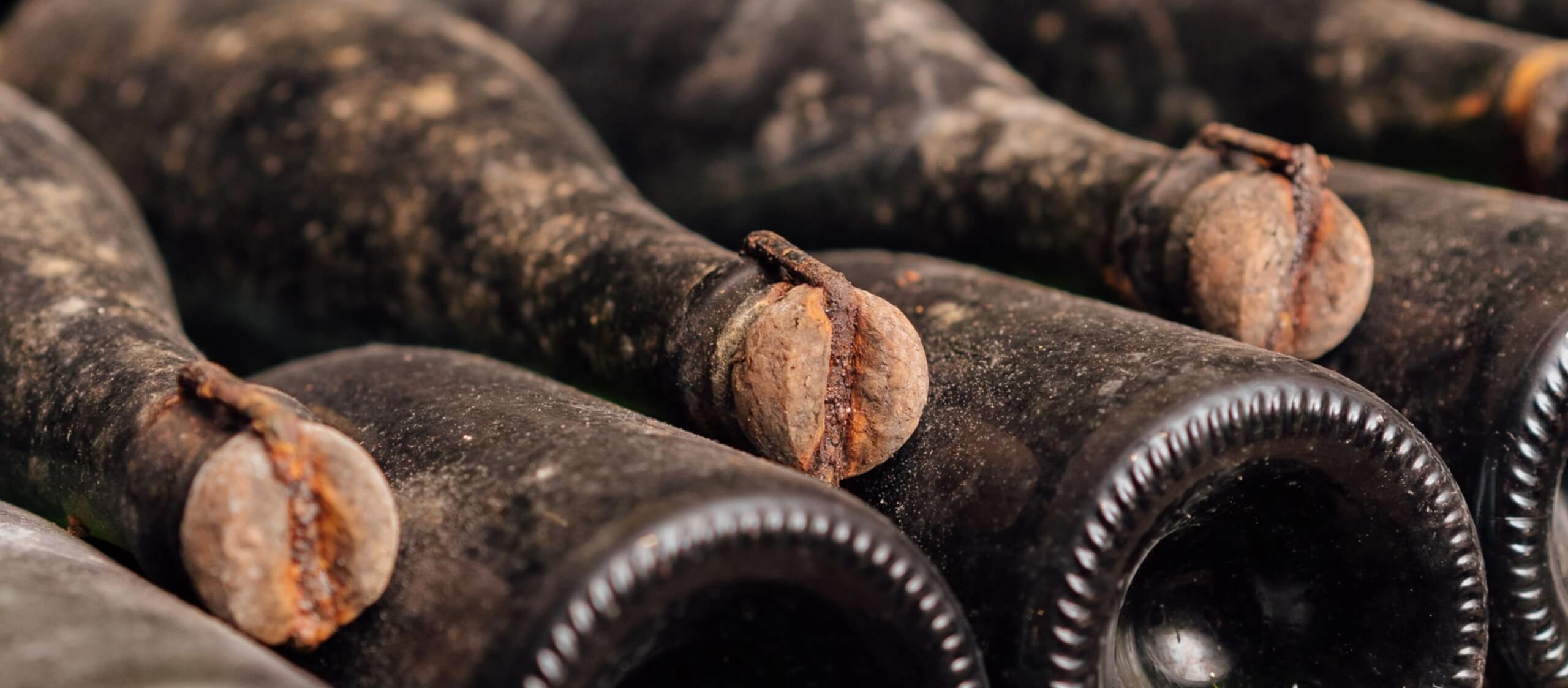THE PRODUCTION OF CAVA
WE ARE LOOKING FOR A UNIQUE CHARACTER

Led by Oriol Piñol, head of winemaking and production, we delve into traditional processes created to celebrate sensations.


What is the difference between wine and cava?
The main difference is in the production process. Cava is a wine that undergoes a second fermentation in the bottle, called carbonic fermentation. The result of this process is a sparkling wine, with carbonic gas that is generated naturally and gives a unique character. We could say that cava is the sophisticated son of wine.
Do you need a special kind of wine to make cava?
High quality base wines are needed, from selected grapes of our traditional varieties. The first step is to gently press the grapes to obtain a must with excellent characteristics, in order to guarantee a perfect ageing that lasts for months in the bottle. The next step is coupage, the union of different base wines from different varieties and plots. Choosing this blend and maintaining it over the years is key in giving each cava its own style.

What happens during the ageing process?
Ageing is the essential rest the cava needs to become refined and a unique sparkling wine. When the process is deemed to be complete, we proceed to the stirring phase. This is a very old manual technique: every day, we turn the bottles one eighth of a full turn. In this way they go from horizontal to completely vertical. Sediments are deposited in the neck of the bottle without losing a single gas bubble.
Why does cava have bubbles?
Bubbles are created during the second fermentation, when the wine coupage is already enclosed in the bottle. It is the most characteristic process in the production of cava. It is completely natural and stimulated by the traditional method of drafting. The yeasts “wake up” again and undergo a fermentation process that produces natural carbonic gas. During this second fermentation, the bottles are in a horizontal position, called “rima”. They stay in this position for at least 9 months.

What is the famous disgorging?
This refers to the moment we uncork the bottle to remove the sediment, helping to obtain a perfect product. Experience and knowledge are required to achieve a clean and bright cava. After that, just one thing is left: to add the right proportion of dosage or expedition liquor to give the cava its final character.
How many types of cava are there?
Cava is distinguished by its diversity and versatility. Throughout the production process there are many stages where we take small decisions that define a cava’s characteristic style. For example, ageing. The longer the bottle rests, the more complexity and character the cava can have.
Depending on the ageing time, Cava Tradicional (9 months), Cava Reserva (at least 18 months) or Cava Gran Reserva (at least 30 months). Another factor is the amount of dosage used. This is how we obtain types of cava such as Semi Sec, Brut, Brut Nature and others.
Why do cava bottles have a special cork, different from wine?
When the expedition liquor is added, it’s time to cork the bottle. Inside the bottle is a lot of pressure caused by carbonic gas. To prevent this pressure from causing the cork to come out, we place a muzzle that is fastened with a plate placed on the cork. And so the bottle is hermetically closed and ready to enjoy.
